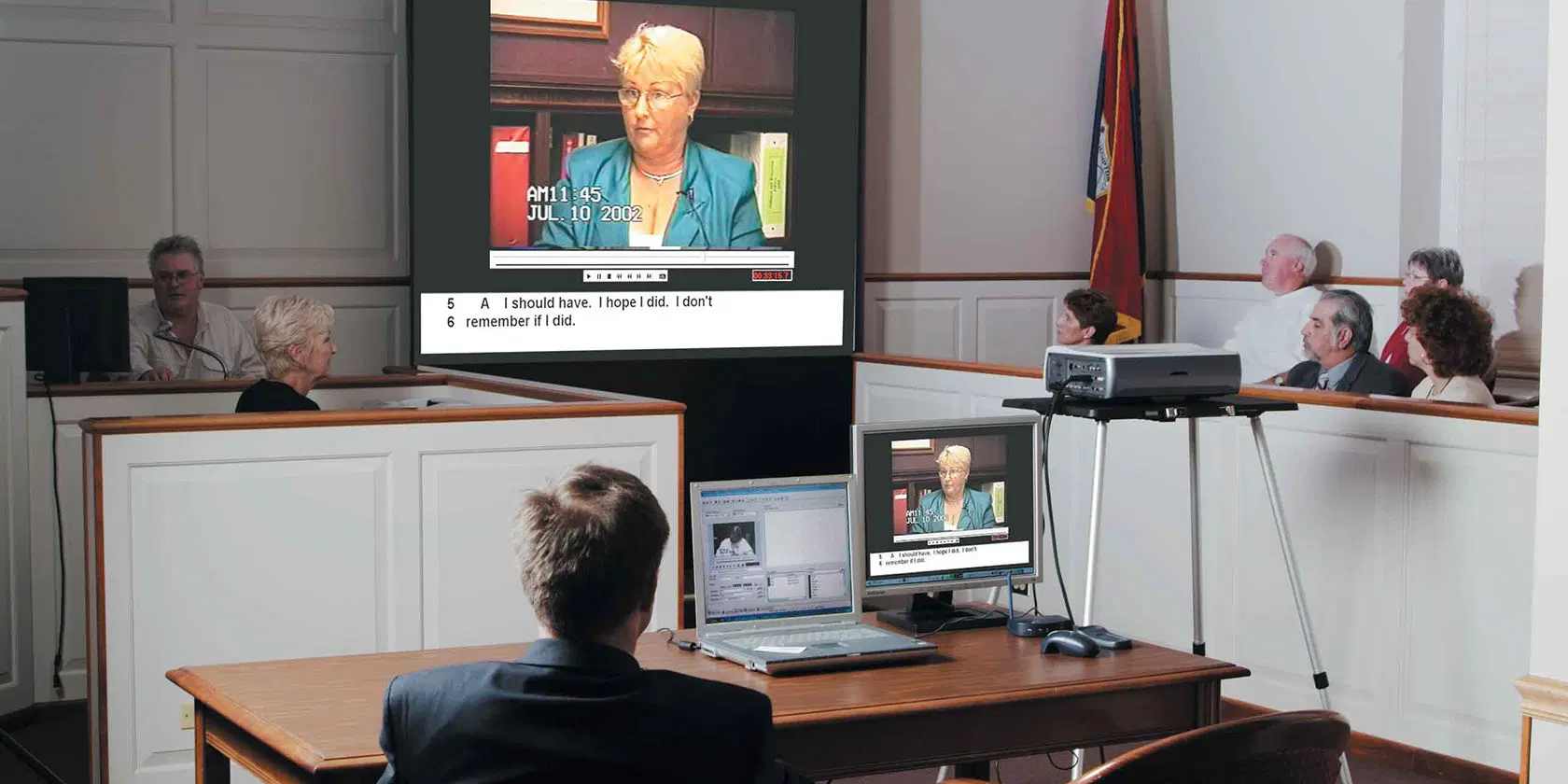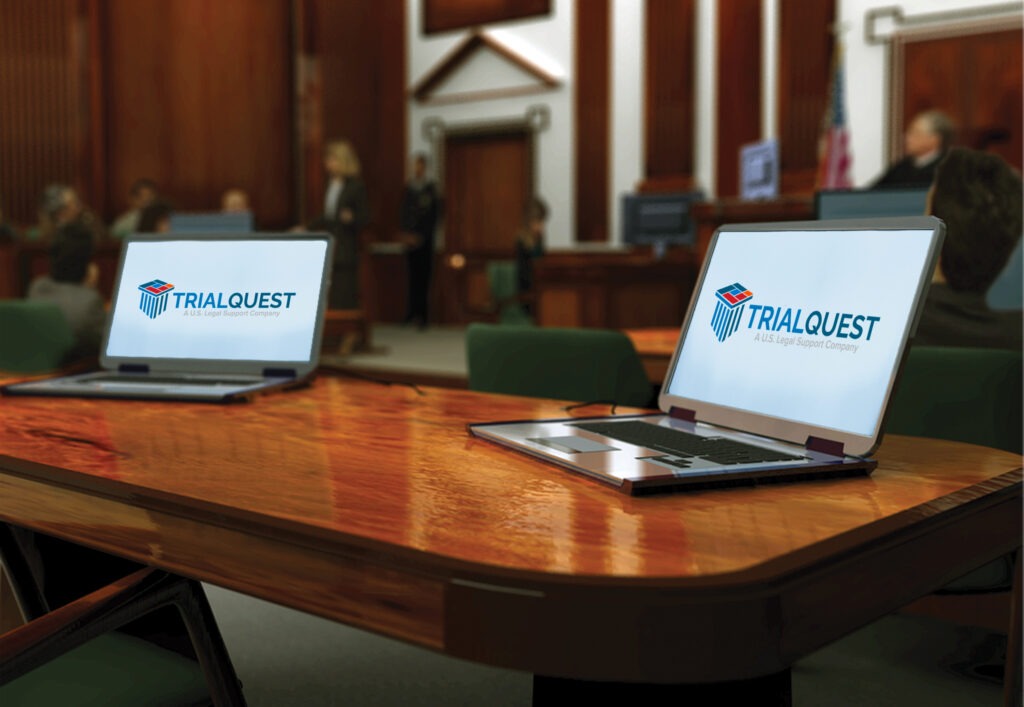Persuasive trial presentations help win cases.
Persuasive trial presentations help win cases.
Blog Article
Just How Trial Presentations Enhance Your Disagreement and Persuade Jurors
Trial discussions serve as a pivotal system for boosting lawful disagreements and convincing jurors. By integrating visual aids, narrative frameworks, and psychological interaction, lawyers can develop an engaging case that resonates on numerous degrees. The critical use visuals not only clarifies intricate details however also catches jurors' focus better than words alone. Nonetheless, the art of narration plays a just as important duty in changing factual evidence into a compelling narrative, forming jurors' assumptions - trial presentations. Recognizing these elements can substantially influence trial results, increasing the question of exactly how each component adds to this detailed dynamic.

Importance of Aesthetic Aids
Aesthetic help play a critical role in boosting the efficiency of test discussions, as they can substantially increase audience engagement and retention of info. In the context of a test, where jurors are charged with processing complex details, visual aids offer to streamline and clarify bottom lines. Charts, charts, and pictures can communicate data and ideas that may otherwise bewilder or perplex jurors, permitting an extra simple understanding of the proof offered.
Additionally, aesthetic aids assist in keeping juror focus throughout the proceedings. By breaking the uniformity of spoken testimony, these tools can punctuate essential debates, making them a lot more remarkable. Reliable visual aids can additionally evoke psychological reactions, which can be critical in encouraging jurors to straighten with the presenter's story.

Crafting Compelling Stories
An engaging story is important in test discussions, as it functions as the backbone of effective persuasion. It allows lawyers to weave together facts, proof, and emotional elements right into a meaningful tale that reverberates with jurors. This narrative structure enables jurors to recognize the intricacies of the case while assisting them via the lawyer's debate.
To craft an engaging story, attorneys need to concentrate on clearness and coherence. In addition, the use of brilliant descriptions can create psychological pictures that help jurors picture the events, making the story more unforgettable.
Additionally, integrating vital motifs throughout the presentation enhances the core message and help in retention - trial presentations. The narrative must not only share info however also stimulate a feeling of justice, highlighting the stakes involved. Eventually, a sound narrative cultivates a connection between the jurors and the instance, positioning the attorney's disagreement as both credible and compelling, thus increasing the likelihood of a positive verdict

Involving the Jury Emotionally
Reliable jury engagement depends upon the lawyer's capability to get in touch with jurors on an emotional degree. This link can substantially influence jurors' understandings and their supreme decision-making. Using sob stories allows attorneys to humanize the situation, transforming abstract lawful principles right into relatable experiences. By providing real-life tales or reviews, lawyers can stimulate empathy and compassion, fostering a much deeper understanding of the problems at stake.
Visual help, such as photos or video clips, can further boost psychological engagement, offering jurors with vibrant depictions of the situation's human elements. Crafting a narrative that highlights the battles and victories of the people involved ensures that jurors see beyond the legal arguments and identify the human repercussions of their choices.
Furthermore, tone and body movement play a critical function in communicating feeling. An attorney's passionate delivery can reverberate with jurors, enhancing their psychological investment in case. It's vital to stabilize emotional allures with accurate evidence, ensuring that jurors feel urged to act while continuing to be grounded in the truth. Eventually, a psychologically involved court is most likely to be encouraged, making emotional connection a crucial part of efficient test discussions.
Structuring Your Presentation

The body of the discussion need to be logically fractional right into vital factors, each supported by engaging proof. It is beneficial to utilize narration techniques to weave truths into a narrative that jurors can quickly adhere to. Visual aids, such as graphes and videos, can improve understanding and involvement, aiding to highlight essential pieces of proof.
Real-World Study
Examining real-world case research studies provides vital understandings into the art of test presentations and persuasion. The protection group properly used a strategy that more tips here combined top-level expert testimonies with multimedia presentations, which astounded jurors and eventually influenced their choice.
One more noteworthy example is the "McDonald's Coffee Case," where the plaintiff's lawyers made use of graphic images of the injuries sustained by Stella Liebeck. trial presentations. This plain aesthetic evidence played a vital role in conveying the extent of her burns, Read Full Report bring about a significant jury award. Such instances show that impactful test presentations often rest on the efficient assimilation of visuals and narration to stimulate psychological actions from jurors
Furthermore, the "Casey Anthony Test" highlighted the importance of narrative comprehensibility and reliability. The prosecution's failing to develop an engaging timeline diminished their convincing power, emphasizing the requirement of a well-structured presentation. Analyzing these cases exposes that effective test presentations require tactical preparation, psychological interaction, and the capacity to resonate with jurors' values and ideas.
Final Thought
Trial presentations significantly enhance arguments and convince jurors through the calculated usage of visual help, engaging stories, and psychological involvement. By streamlining intricate details and promoting connections with the target market, these elements develop a memorable and impactful experience. A well-structured presentation equilibriums sob stories with factual proof, ultimately reverberating with jurors' worths. The combination of these methods not only influences decision-making however additionally emphasizes the value of efficient interaction in the court.
Report this page